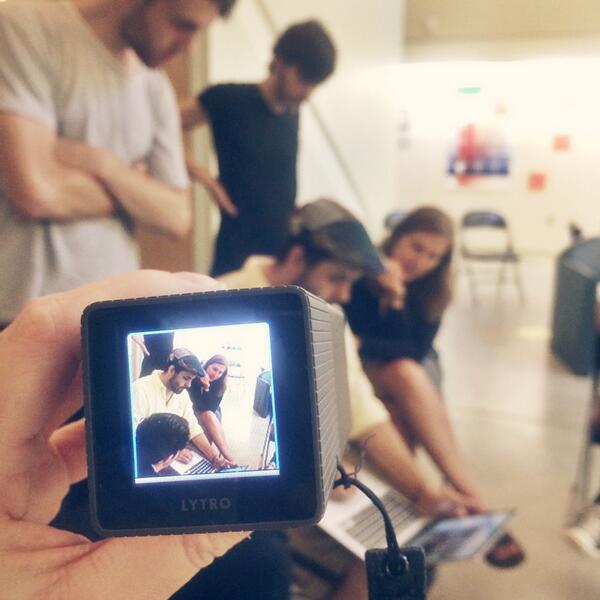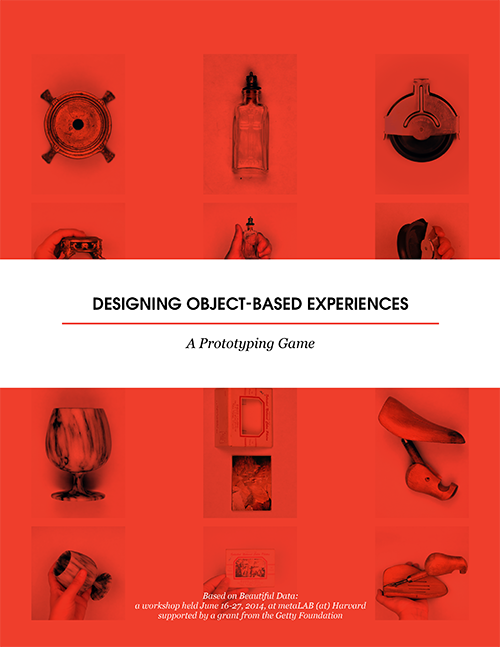Beautiful Data
Workshops
Summer 2014-15 workshop series at Harvard, supported by the Getty Foundation.- Time
- –
- Location
- Harvard Carpenter Center, Harvard Art Museums

These publications serve as entry points to engagement with both the material and the modes of inquiry that shaped the Beautiful Data workshop. The first workshop took place July 2014, with the second (Beautiful Data II) the following summer, July 6–16, 2015. With planning, communications, and post-project documentation, the program ran 2015-16.
Beautiful Data I (2014)
The field guide documents the concepts and flows of information that came out of the Beautiful Data workshop, linking critical discussion with invitations to experimentation and making. Using a range of modes, including case studies, maps, activities, and prototypes (and linking to online documentation of these elements), the guide aims to serve as a resource, providing various entry points into the dialogue surrounding Beautiful Data and promoting further experimentation around this material.
The prototyping game provides a set of raw materials for remixing and rethinking the ways in which we design experiences with objects. This playful framework, drawn from institutional missions and contexts, offers springboards for discussion, ideation, and project development.
The provocation cards, drawn from the work of participants in Beautiful Data’s weekend workshop component, provide prompts for adventures in museums, lightly provoking users to engage with these spaces in new and generative ways.
Beautiful Data II (2015)
The workshop was extensively documented by participants and staff. As a provocation, we’ve treated this documentation as data, turning it into an array in JSON, an open data format used widely in web programming. The site visualizes the resulting data set in three ways: styled as content tiles; as “raw” metadata, with cross-referenceable tags visibly linking records; and as a rotary timeline expressing those connections as arcs of adjacency. So although each visualization expresses the same data, its styling and features privilege certain characteristics and connections. Each has its emphases, and its missing elements as well. These interdependent visualizations not only offer a set of mnemonics for our class of participants; they also offer a collective provocation on the multimodal nature of “data” as a concept and norm.


